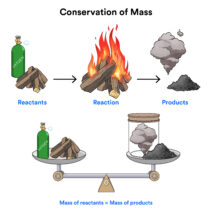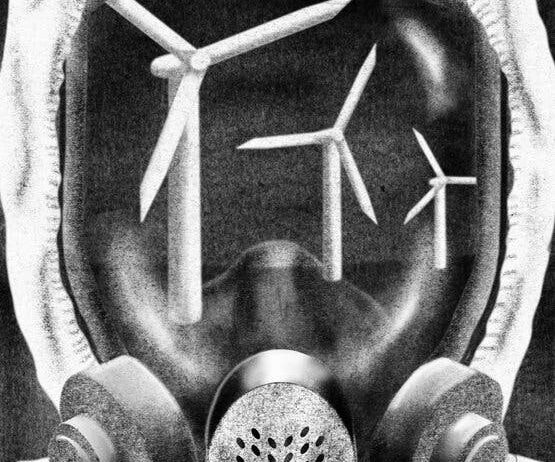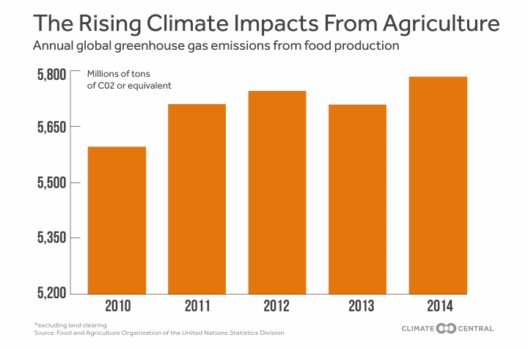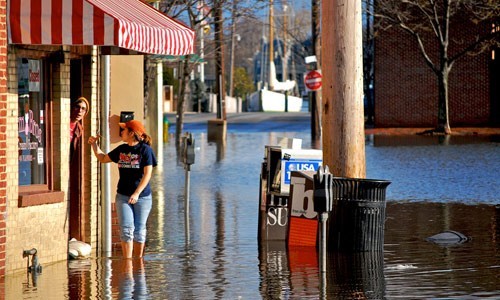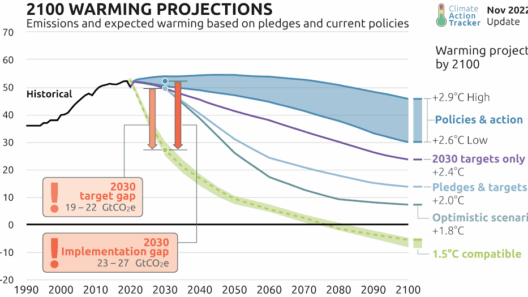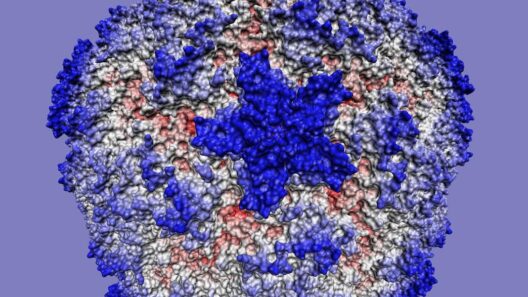As global warming continues to accelerate, the question arises: How can nuclear power contribute to a sustainable future? The skepticism surrounding nuclear energy often stems from concerns about safety, waste management, and its potential impact on the environment. However, fundamental truths about nuclear power reveal its significant role in combating climate change. In this exploration, we will debunk prevalent myths and surface the empirical facts that position nuclear power as a viable solution to the pressing issue of climate change.
To commence, let’s pose a playful question: Would you trust a massive machine that can provide vast amounts of energy without emitting greenhouse gases, or do you prefer the unpredictable whims of carbon-emitting fossil fuels? The answer seems evident, yet many remain entrenched in misconceptions about nuclear energy. Understanding nuclear power’s potential requires a deep dive into the technological, environmental, and societal aspects that characterize this energy source.
One of the most pervasive myths is that nuclear power plants pose an unmanageable risk to public safety. The fear of catastrophic accidents, typically framed by incidents like Chernobyl and Fukushima, overshadows the reality of modern nuclear technology. Today’s reactors are designed with enhanced safety features, making them far more secure. In fact, the International Atomic Energy Agency (IAEA) conducted studies highlighting that no one has died from radiation exposure due to nuclear plants operating in the last decade. Once again, we confront the challenge of separating aged perceptions from nascent realities.
Moreover, nuclear power plants produce minimal greenhouse gas emissions during operations, making them an essential ally in reducing our carbon footprint. Unlike coal or natural gas, which release significant amounts of carbon dioxide and other harmful pollutants upon combustion, nuclear fission generates heat without direct emissions. This characteristic positions nuclear energy as a pivotal player in achieving the ambitious targets set forth in international agreements, such as the Paris Accord.
Additionally, consider the energy density of nuclear fuel. A small amount of uranium can generate a tremendous amount of energy. For instance, one kilogram of uranium can yield as much energy as several tons of coal. This energy density contributes to less land required for energy production compared to renewable sources like wind or solar, which necessitate vast expanses of real estate for installations. Hence, nuclear energy’s compact footprint further mitigates the environmental impact associated with energy generation.
Yet, the conversation cannot gloss over the issue of nuclear waste. Critics often cite nuclear waste as a reason to abandon this energy source entirely. It is essential to clarify, however, that each form of energy generation generates waste. The distinction lies in how that waste is managed. The nuclear industry has implemented advanced technologies for the long-term storage and transport of used fuel, including geological repositories designed to securely contain waste for thousands of years. Sweden and Finland, for example, are pioneers in effective waste management, establishing the world’s first deep geological repository intended for spent nuclear fuel.
Another common objection revolves around nuclear power being overly expensive when compared to renewable energy options. The financial analysis is nuanced. While initial construction costs for nuclear plants may be higher, their long operational life can yield more consistent power generation, thereby stabilizing energy prices over time. Additionally, nuclear plants can provide baseload energy, ensuring a steady supply that complements the intermittency of renewable sources like solar and wind. Thus, nuclear energy enhances overall grid stability, making it an invaluable asset in our energy portfolios.
Furthermore, the integration of nuclear power into the energy mix can catalyze investments in renewable technologies. As nuclear power provides stable baseload electricity, there is more room on the grid for renewables, creating a synergistic effect that can drive down overall carbon emissions. In this manner, nuclear energy does not need to be an adversarial component but rather a collaborative partner in a diversified energy strategy.
An additional area of inquiry involves the potential for innovation within the nuclear sector. Emerging technologies, such as Small Modular Reactors (SMRs) and Generation IV reactors, are designed to be safer, more efficient, and adaptable to new energy demands. SMRs not only promise a reduction in costs and construction time but also aim to be more flexible in their operation. Such advancements signify that the nuclear industry is not static; rather, it is evolving to meet the energy challenges of the 21st century.
Despite the myriad advantages that nuclear power offers, public perception remains a significant hurdle. The challenge lies in educating communities about the true dynamics of nuclear power. As societal skepticism can lead to political ramifications, fostering informed discussions and transparent dialogues is essential. Engaging stakeholders at every level from local communities to parliamentary debates can effectively reshape the narrative surrounding nuclear energy.
In conclusion, while the journey to embrace nuclear power as a viable solution in the fight against global warming may be riddled with complexities, its potential benefits starkly outweigh the prevalent myths. Safe, sustainable, and capable of driving down greenhouse gas emissions, nuclear energy stands as a formidable ally in the quest to avert the most severe consequences of climate change. As the world increasingly searches for effective solutions, it is paramount to reconsider preconceived notions about nuclear power and embrace its potential. After all, isn’t safeguarding our planet worth a deeper exploration into the possibilities it holds?
